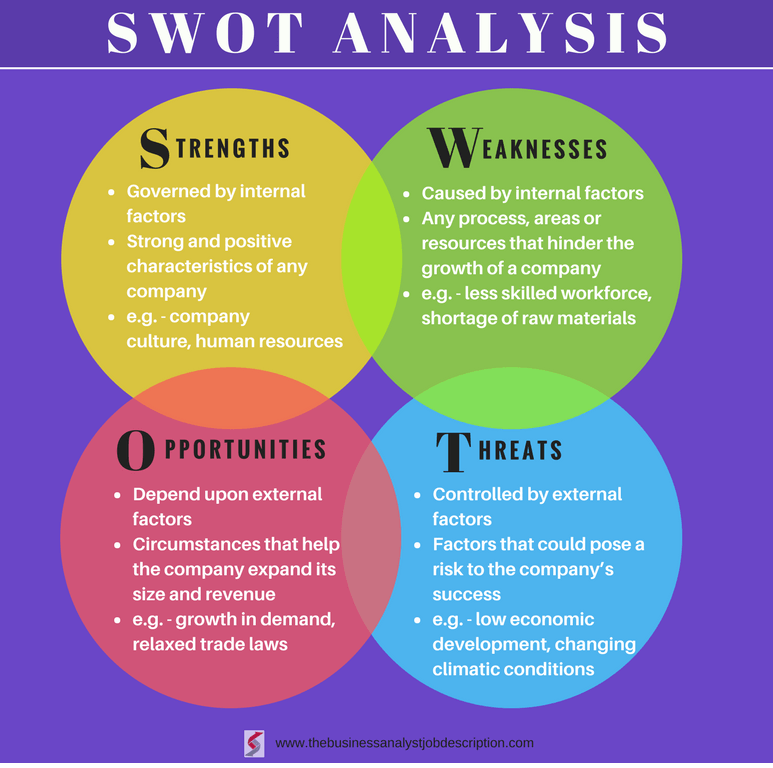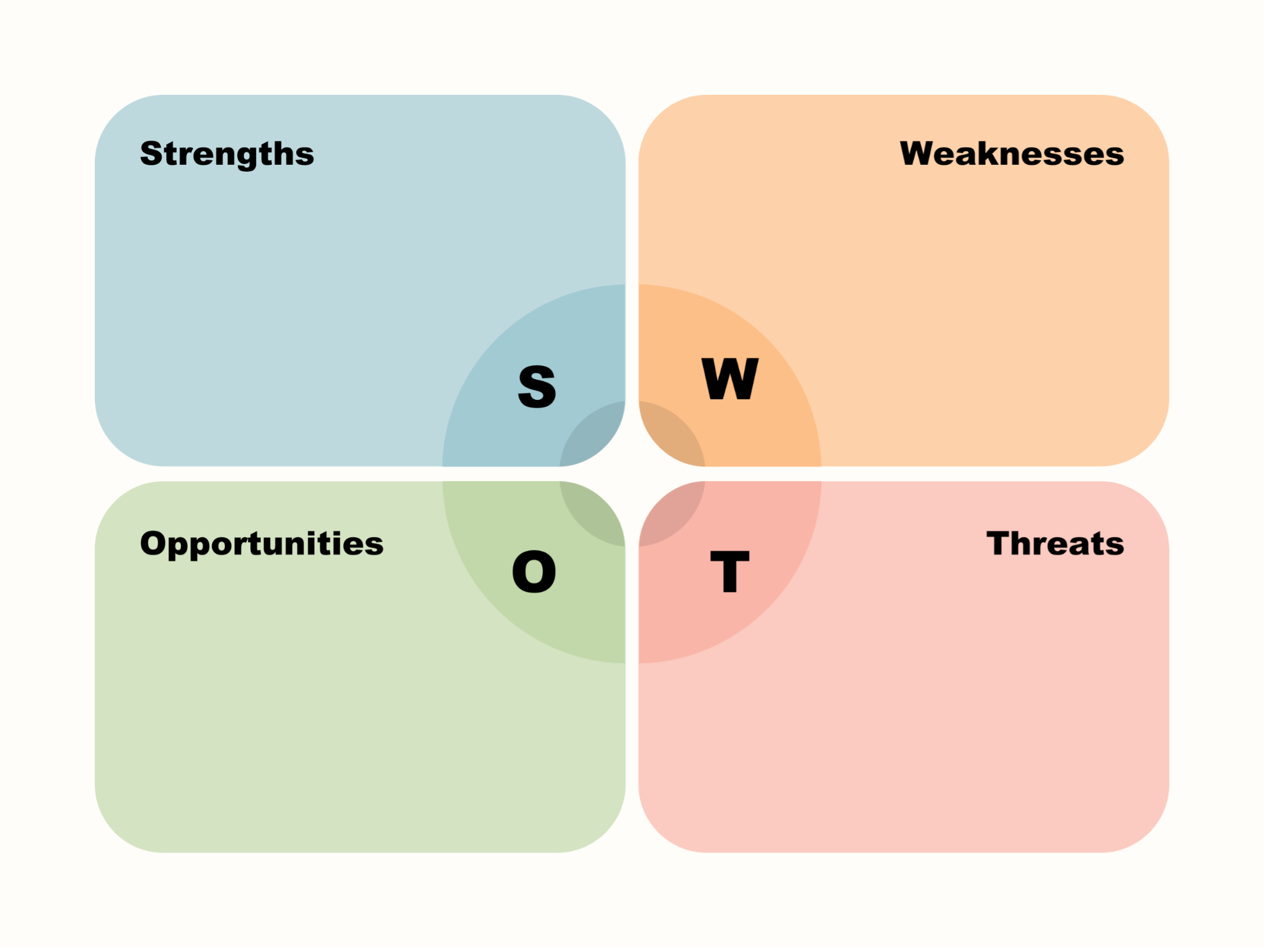How Do Businesses Use Swot Analysis
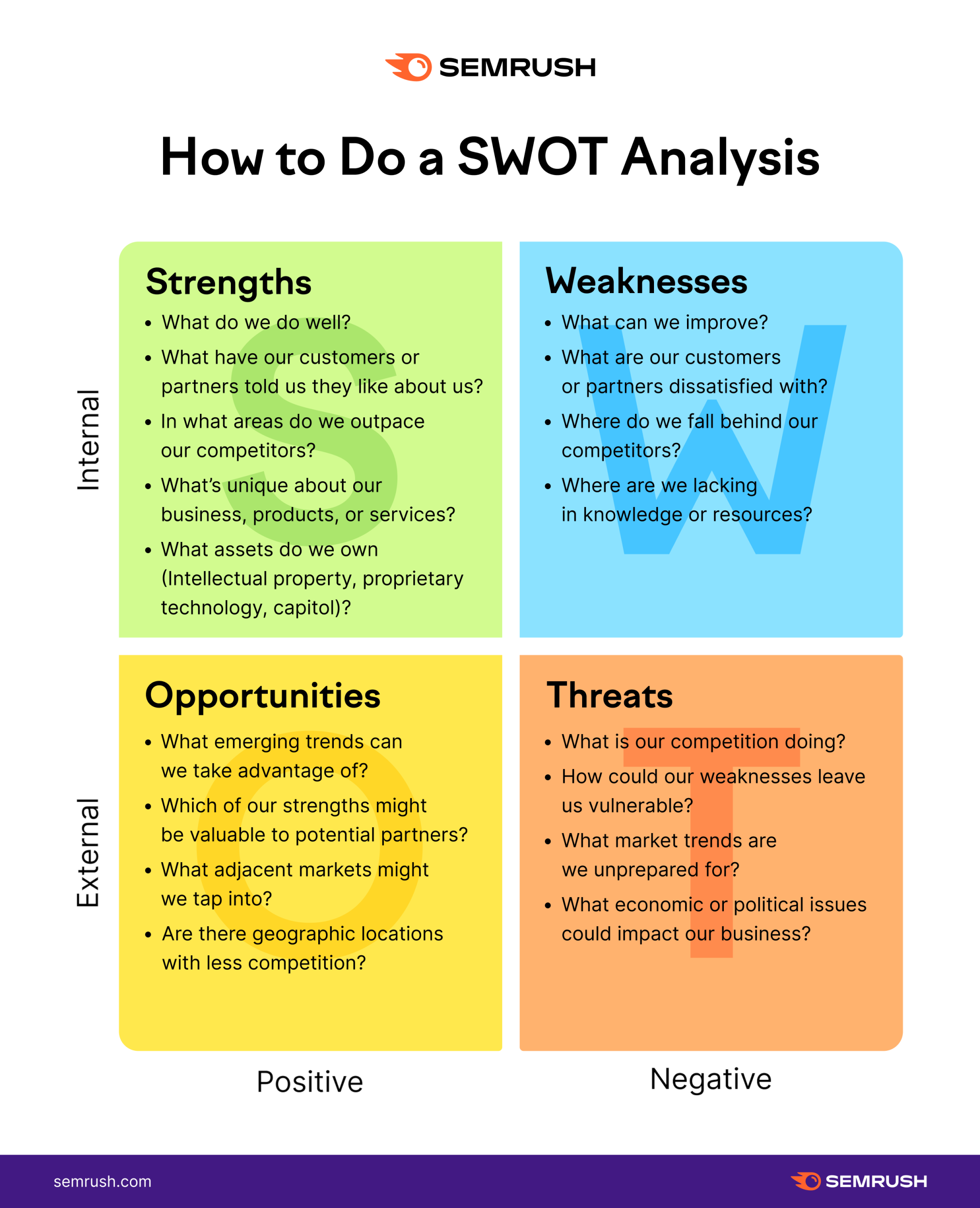
In today's relentlessly competitive business landscape, survival hinges on a company's ability to anticipate market shifts, leverage its strengths, and mitigate potential threats. A powerful, yet simple, strategic planning tool frequently employed to navigate this complex terrain is the SWOT analysis.
The SWOT analysis – an acronym for Strengths, Weaknesses, Opportunities, and Threats – provides a structured framework for businesses of all sizes to critically assess their current position and formulate strategies for future success. This article will delve into the practical applications of SWOT analysis, exploring how businesses utilize this tool to gain a competitive edge, inform decision-making, and ultimately, achieve their strategic objectives.
Understanding the Core Components
At its heart, SWOT analysis involves a comprehensive examination of both internal and external factors impacting a business. Internally, businesses evaluate their strengths – the advantages they possess over competitors, such as a strong brand reputation, innovative technology, or skilled workforce. Conversely, weaknesses represent areas where the business lags behind, perhaps in operational efficiency, marketing reach, or financial stability.
Externally, the analysis focuses on opportunities – favorable external factors that the business can exploit to its advantage, like emerging markets, changing consumer preferences, or technological advancements. Finally, threats encompass external factors that could negatively impact the business, including increased competition, economic downturns, or regulatory changes.
Strategic Applications in Decision-Making
Businesses utilize SWOT analysis across a wide spectrum of decision-making processes. A common application lies in strategic planning, where the analysis informs the development of long-term goals and the strategies needed to achieve them.
For example, a company identifying a significant opportunity in a new market through its SWOT analysis may decide to invest in expansion, leveraging its existing strengths to gain a foothold. Conversely, if the analysis reveals a critical weakness in its supply chain and an emerging threat from a new competitor, the company may choose to implement strategies to bolster its supply chain resilience and differentiate its products or services.
SWOT analysis is also instrumental in product development. By identifying untapped market needs (opportunities) and assessing their own capabilities (strengths and weaknesses), companies can develop innovative products or services that address those needs effectively.
Real-World Examples
Consider a small, local coffee shop. A SWOT analysis might reveal strengths like strong community ties and high-quality coffee, weaknesses such as limited seating and marketing budget, opportunities like a growing demand for specialty coffee, and threats from larger chain competitors.
Based on this analysis, the coffee shop could capitalize on its strengths by hosting community events, improve its weaknesses by seeking local partnerships for marketing, seize opportunities by introducing a new line of ethically sourced beans, and mitigate threats by differentiating itself through exceptional customer service and a unique atmosphere.
For a large tech company, a SWOT analysis might uncover strengths in research and development, weaknesses in manufacturing efficiency, opportunities in the growing market for artificial intelligence, and threats from rapidly evolving technologies. This could lead the company to invest further in AI research, outsource manufacturing to improve efficiency, and develop strategies to stay ahead of technological advancements.
Limitations and Best Practices
While a powerful tool, SWOT analysis is not without its limitations. The subjective nature of identifying and categorizing factors can lead to biased or incomplete assessments. Therefore, it's crucial to involve diverse perspectives from across the organization to ensure a comprehensive and objective analysis.
Furthermore, the static nature of a SWOT analysis means it captures a snapshot in time. The business environment is constantly changing, so regular updates are necessary to maintain its relevance. Experts recommend conducting SWOT analyses at least annually, or more frequently in dynamic industries.
To maximize the effectiveness of SWOT analysis, businesses should prioritize actionable insights. The analysis should not simply be a list of factors; it should lead to concrete strategies and action plans. Prioritize the factors that are most significant to your company.
The Future of SWOT Analysis
As business environments become increasingly complex and data-driven, SWOT analysis is evolving. Businesses are integrating data analytics and artificial intelligence to enhance the objectivity and accuracy of their SWOT assessments. Data can provide valuable insights into market trends, competitive landscapes, and customer behavior, supplementing traditional methods of gathering information.
Looking ahead, the integration of real-time data and predictive analytics will enable businesses to conduct more dynamic and proactive SWOT analyses. This will empower them to anticipate emerging threats, capitalize on fleeting opportunities, and make more informed strategic decisions, ultimately gaining a significant competitive advantage in the ever-changing business world. SWOT analysis, despite its simplicity, continues to be a cornerstone of strategic planning, adapting to the demands of the modern business landscape.
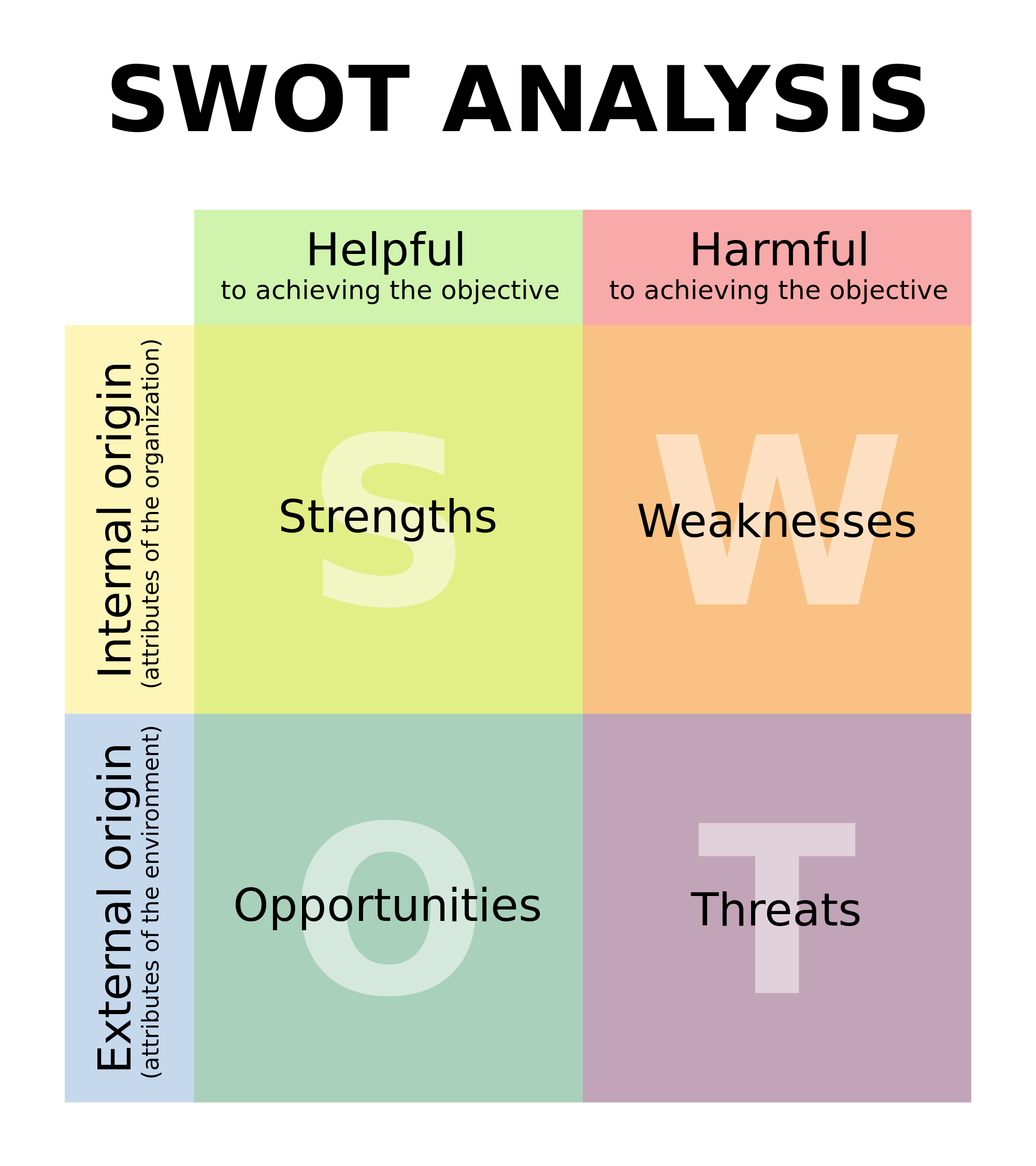
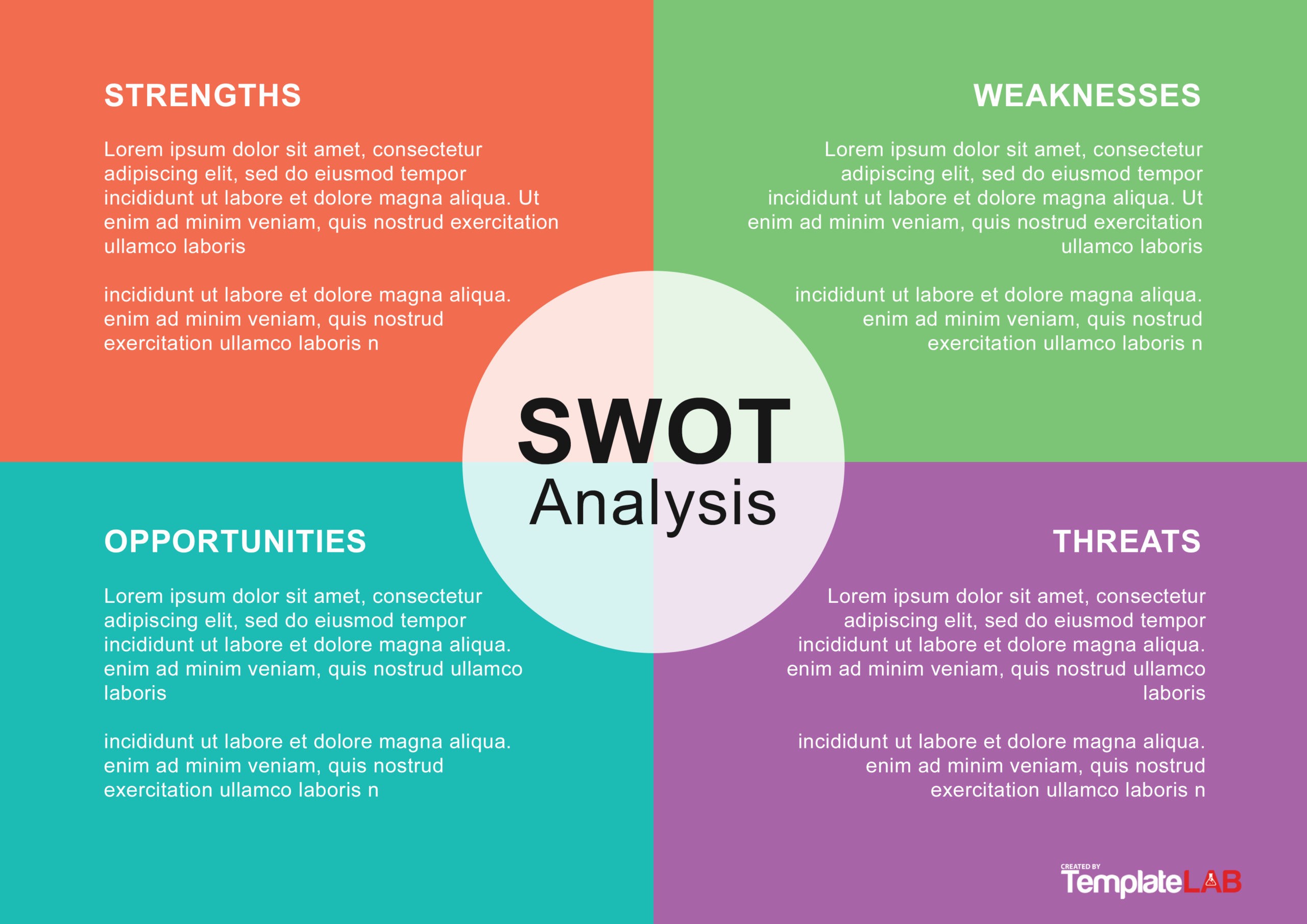
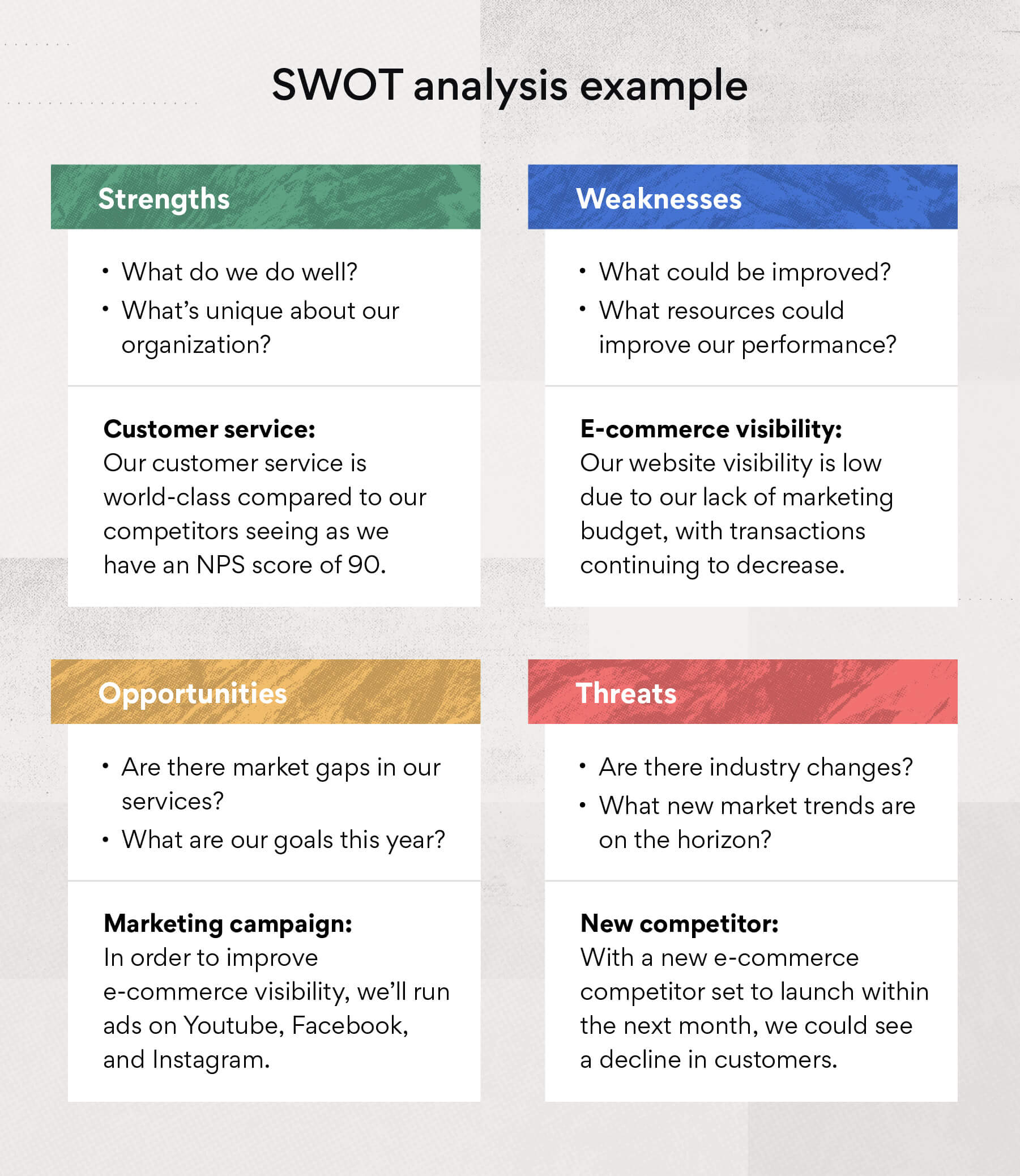

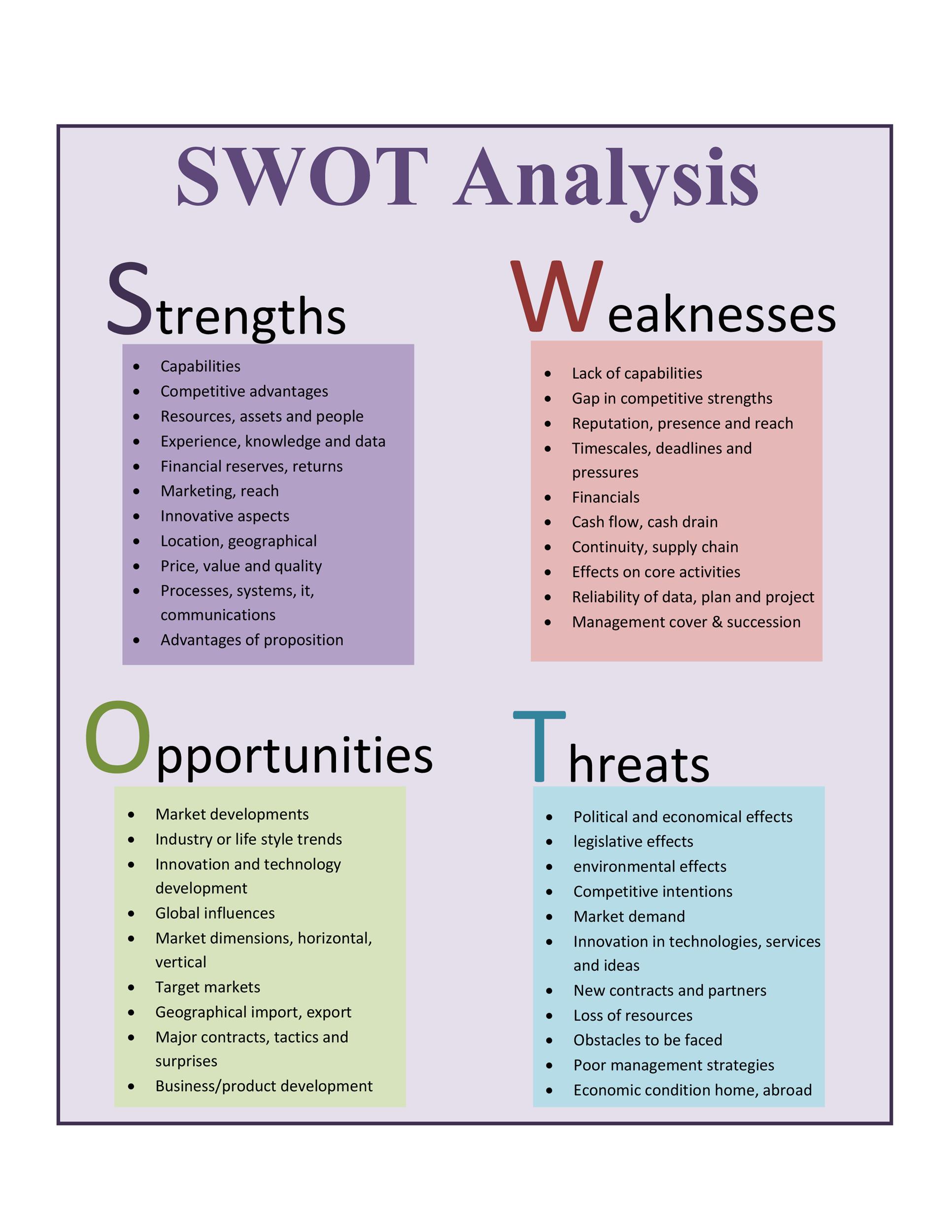
![How Do Businesses Use Swot Analysis SWOT Analysis: How To Do One [With Template & Examples] - Blog](https://blog.hubspot.com/hs-fs/hubfs/swot-analysis-example.jpg?width=3000&height=2000&name=swot-analysis-example.jpg)
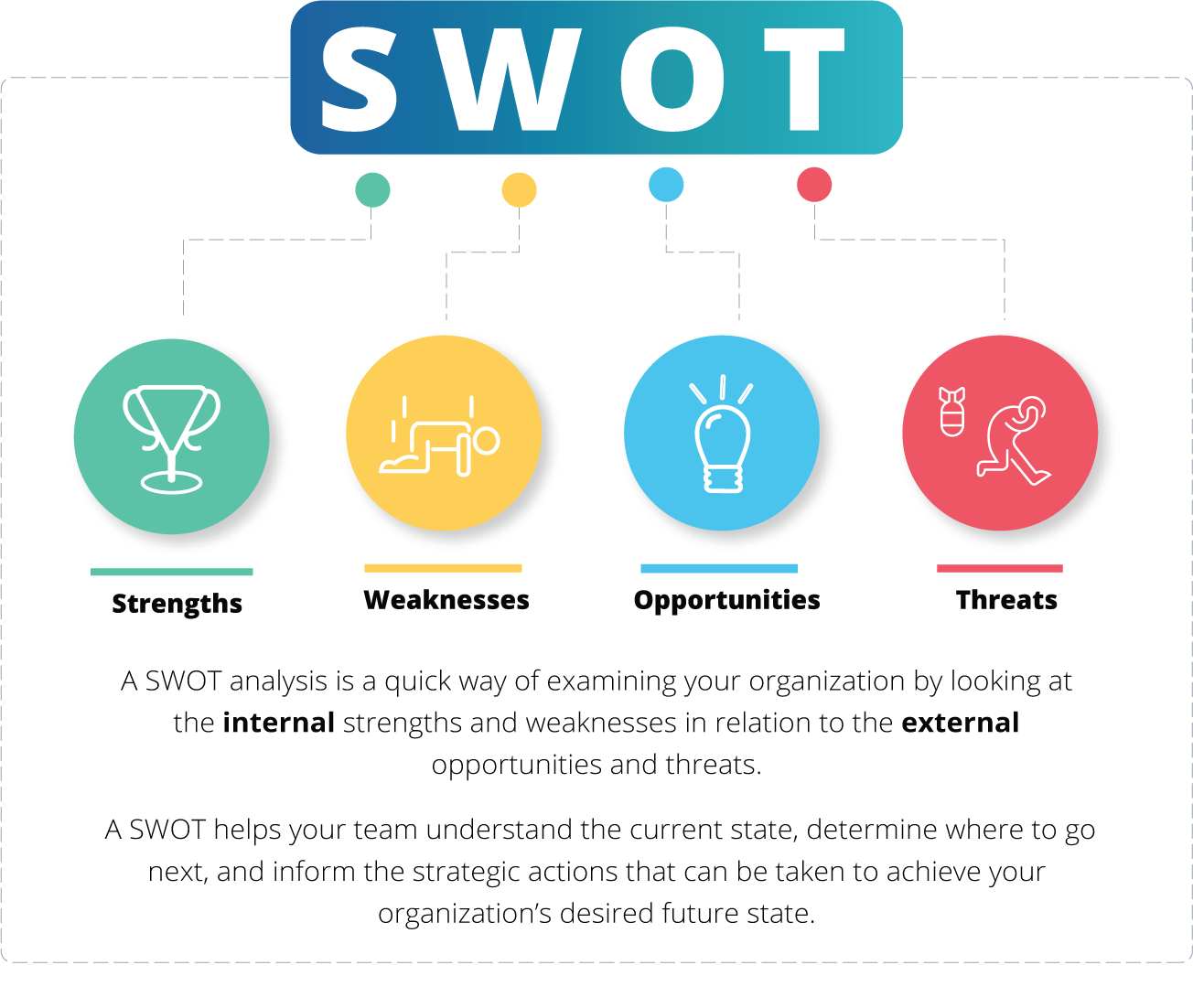
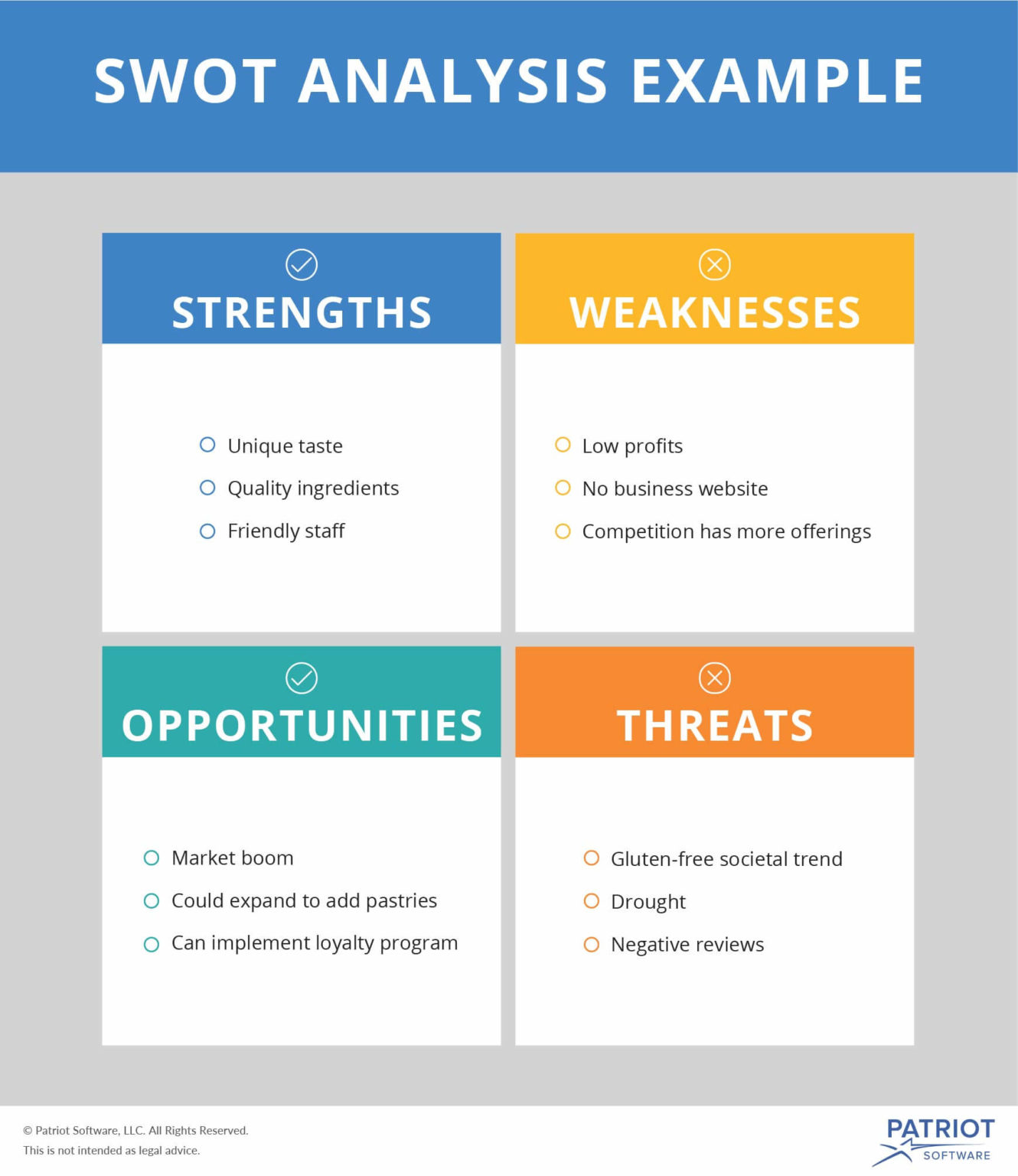

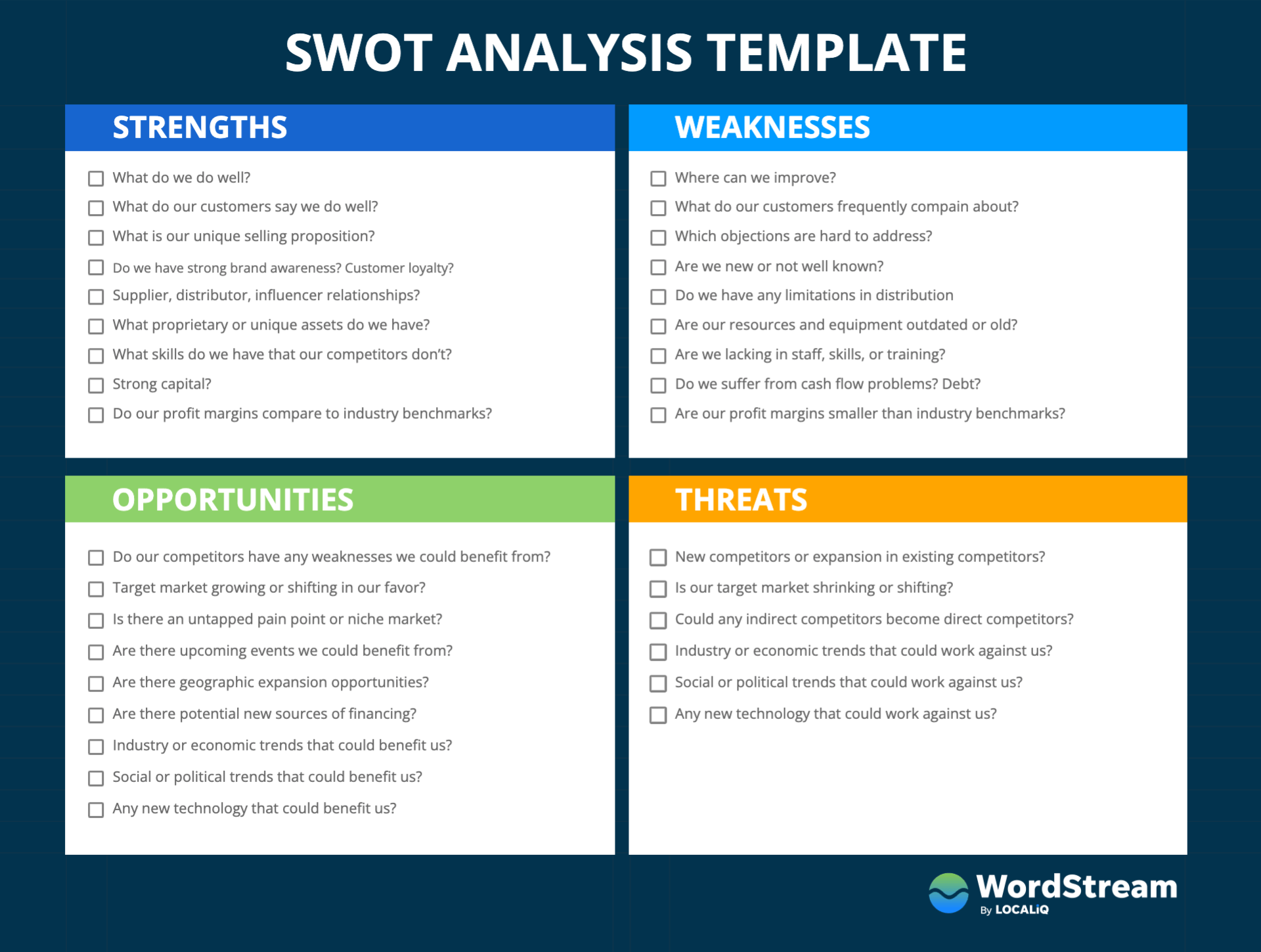
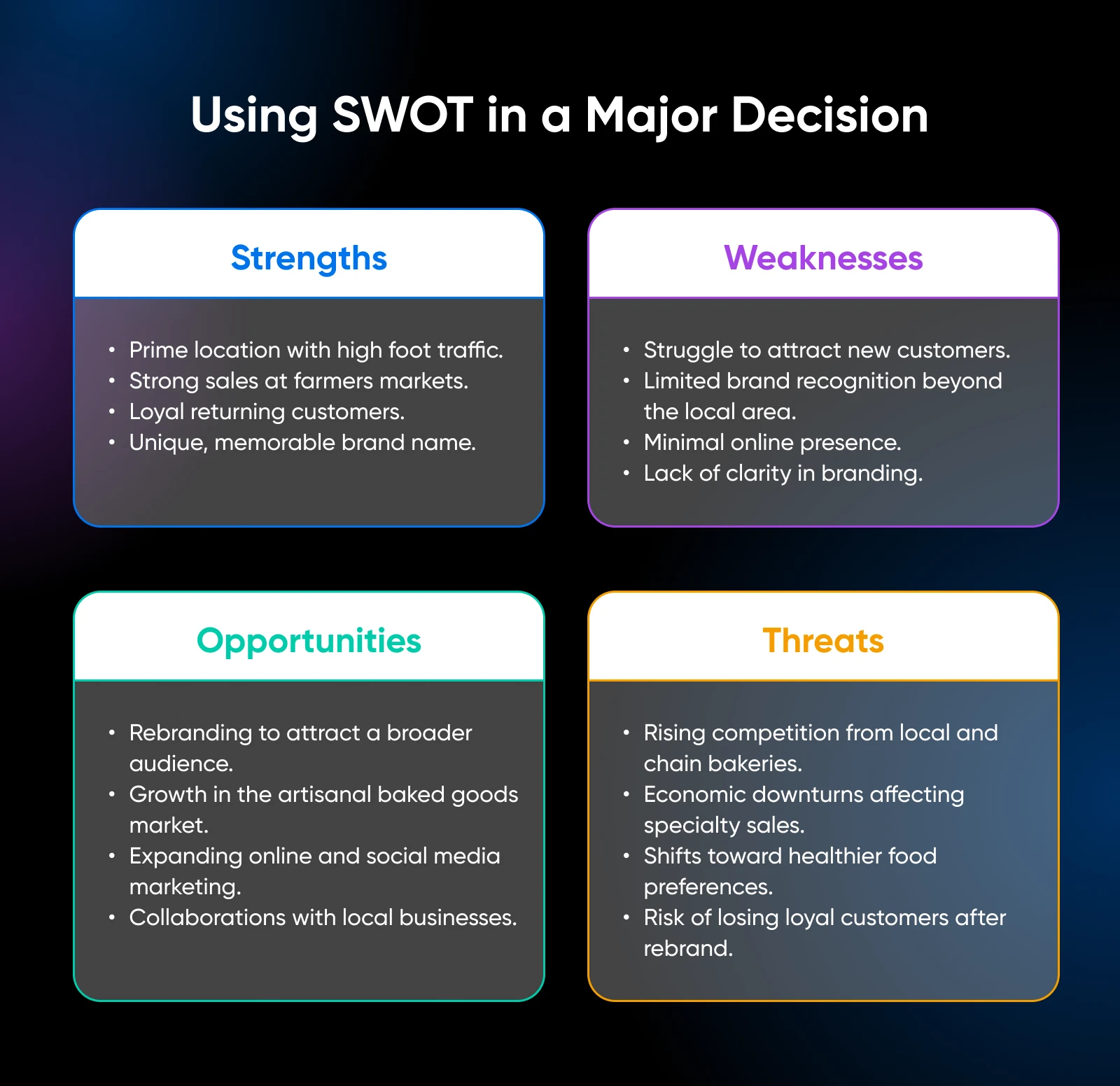
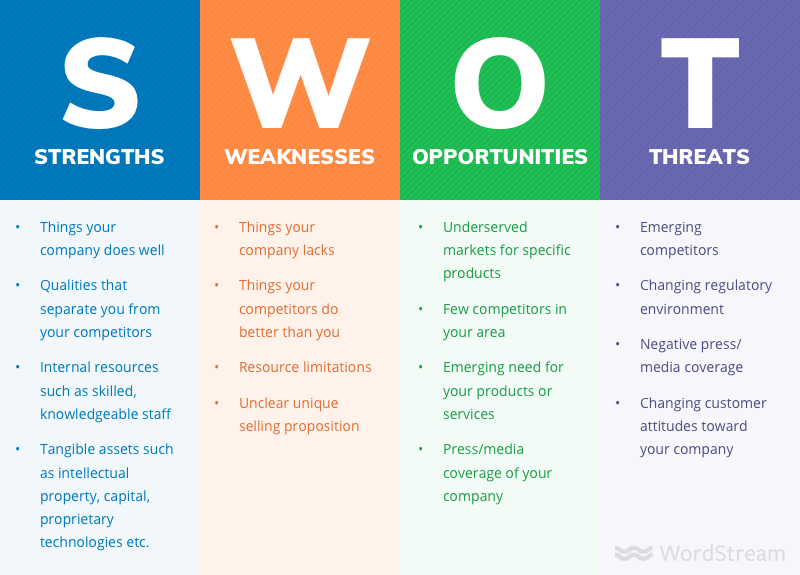
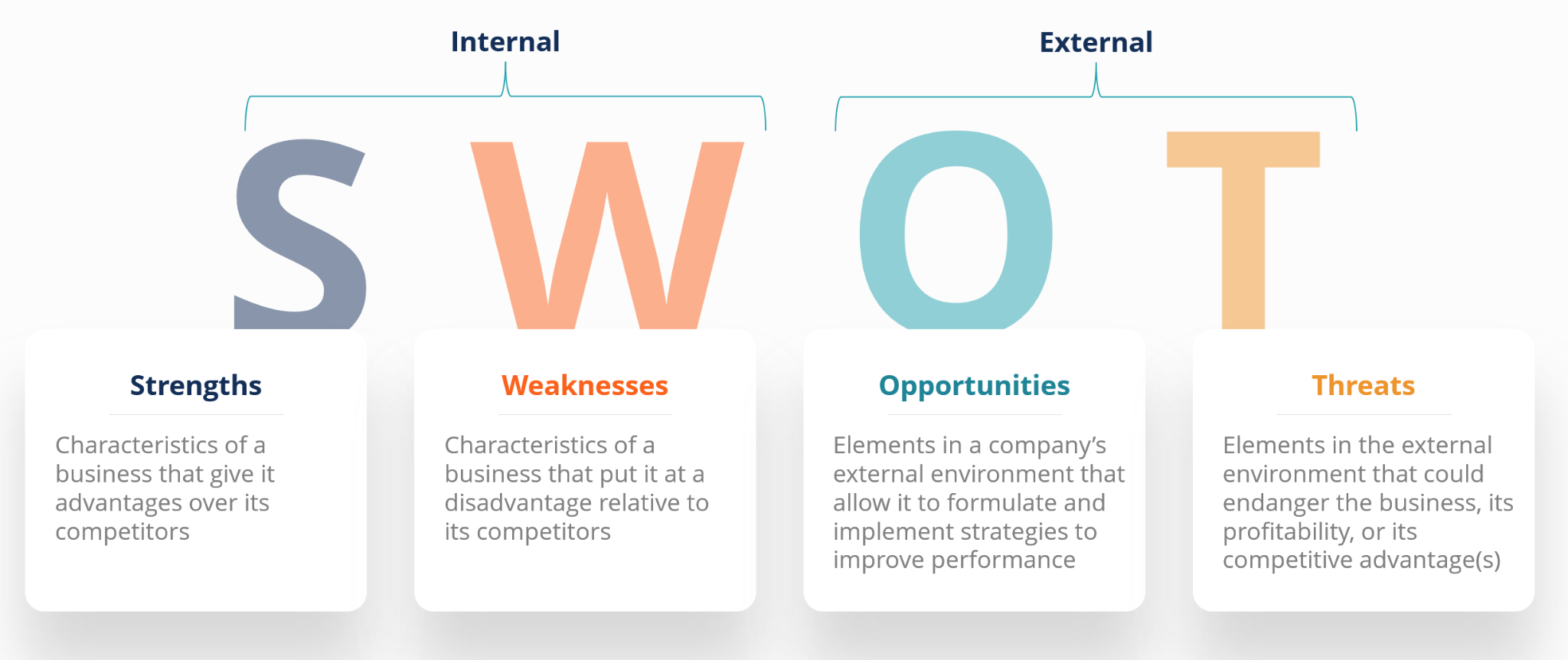
![How Do Businesses Use Swot Analysis SWOT Analysis: How To Do One [With Template & Examples] - Amplitude](https://blog.hubspot.com/hs-fs/hubfs/swot-analysis-restaurant.jpg?width=3000&height=2000&name=swot-analysis-restaurant.jpg)

